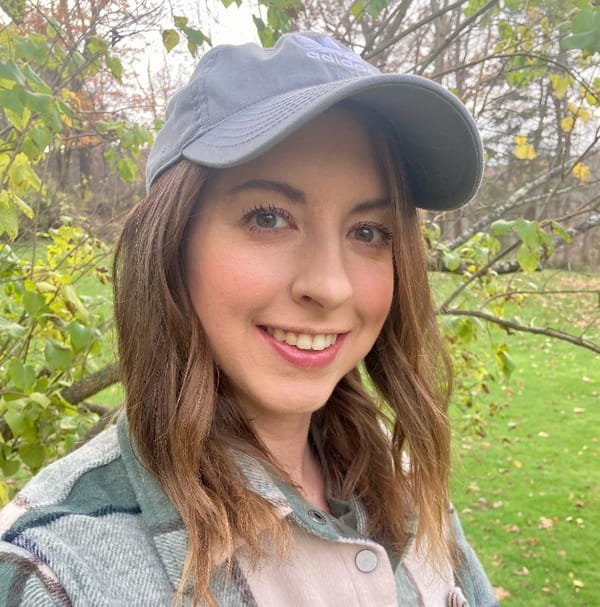The Rural We: Deanna Smith
As manager of the Berkshire Natural Resources Council's High Road, she develops the trails that encourage us to explore.

As manager of the Berkshire Natural Resources Council's High Road, she develops the trails that encourage us to explore.

Did you ever stop to thank that many of the trails you hike had been thoughtfully planned out by a professional trail builder? That’s what Deanna Smith does. As the High Road Manager for the Berkshire Natural Resources Council, she is responsible for developing the trails that will become a continuation of the BNRC’s first portion of the High Road. Here she tells us about all the considerations that go into blazing a trail.
I’d been working in and around the trail industry for several years. As an environmental science major, I was part of a local initiative to make a town trail initiative in Oneonta, where I went to school. After working in the solar industry for several years (while I was doing trail building and design as a volunteer), my husband and I founded Pinnacle Trail Design and Construction in Columbia County. I’d heard about the High Road when it was initially announcined and thought it was interesting, and maybe I could be involved down the line. In January of 2022 I saw the project manager position opening at BNRC and that was my opportunity to be part of it.
The work of trail planning initially starts with remote analysis — looking at maps to get a decent understanding of what we’re likely to encounter even before going into the field. We’re looking for continuity, how many landowners are involved, is it public or provate land? Is there a river cutting through it? Is it a wetland? We do a broad analysis that helps us identify corridors.
Once in the field, we’re looking to corroborate the initial analysis. We look at feasibility — noting if there is a rock cliff, or if it’s regular dry upland, keeping in mind user experience. For instance, if it’s a 25% grade all the way, it won’t be fun for the trail user. We also note vista points, and the inventory of natural features that would be interesting to somebody as they’re hiking along. We want to avoid anything that would potentially be prohibitive and that we might avoid for ecological reasons.
We also have to think about what the build requirements are going to be. Will we have volunteers come out and rake, or do we need a technical crew? It can be slow going, especially in areas where we’re looking to build new trails. There can be a lot of bushwacking. You have to be prepared to be stuck in bogs.
Trail planning is as much of an art as it is a science. A lot of components to trail design are not quantitative. There’s something intuitive to what makes a trail enjoyable. There’s a subjective element of it that calls for a creative eye, and then figuring out how to create that experience for others. The objective parts are the constraints of design standards, and trying to meld those two contrasting elements.
One of the main goals with the High Road project is increasing the accessibility for folks to get out in nature. Some portions will be ADA compliant. But mostly it’s through making the trails more accessible by proximity. By bringing trailheads to more dense urban areas, it decreases the need to drive to far-flung entry points.